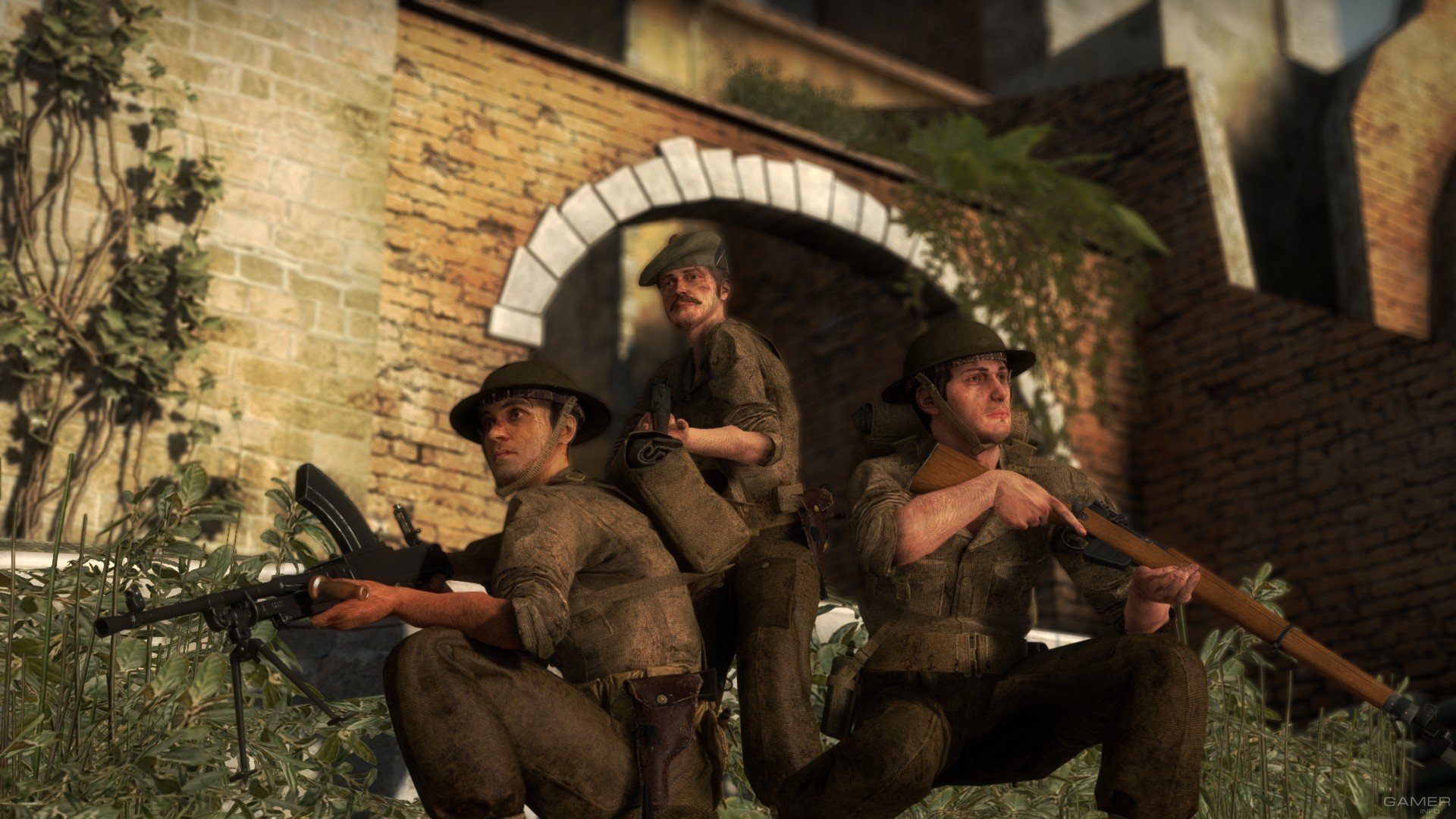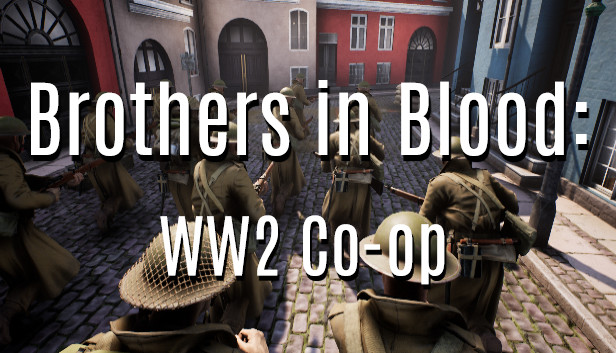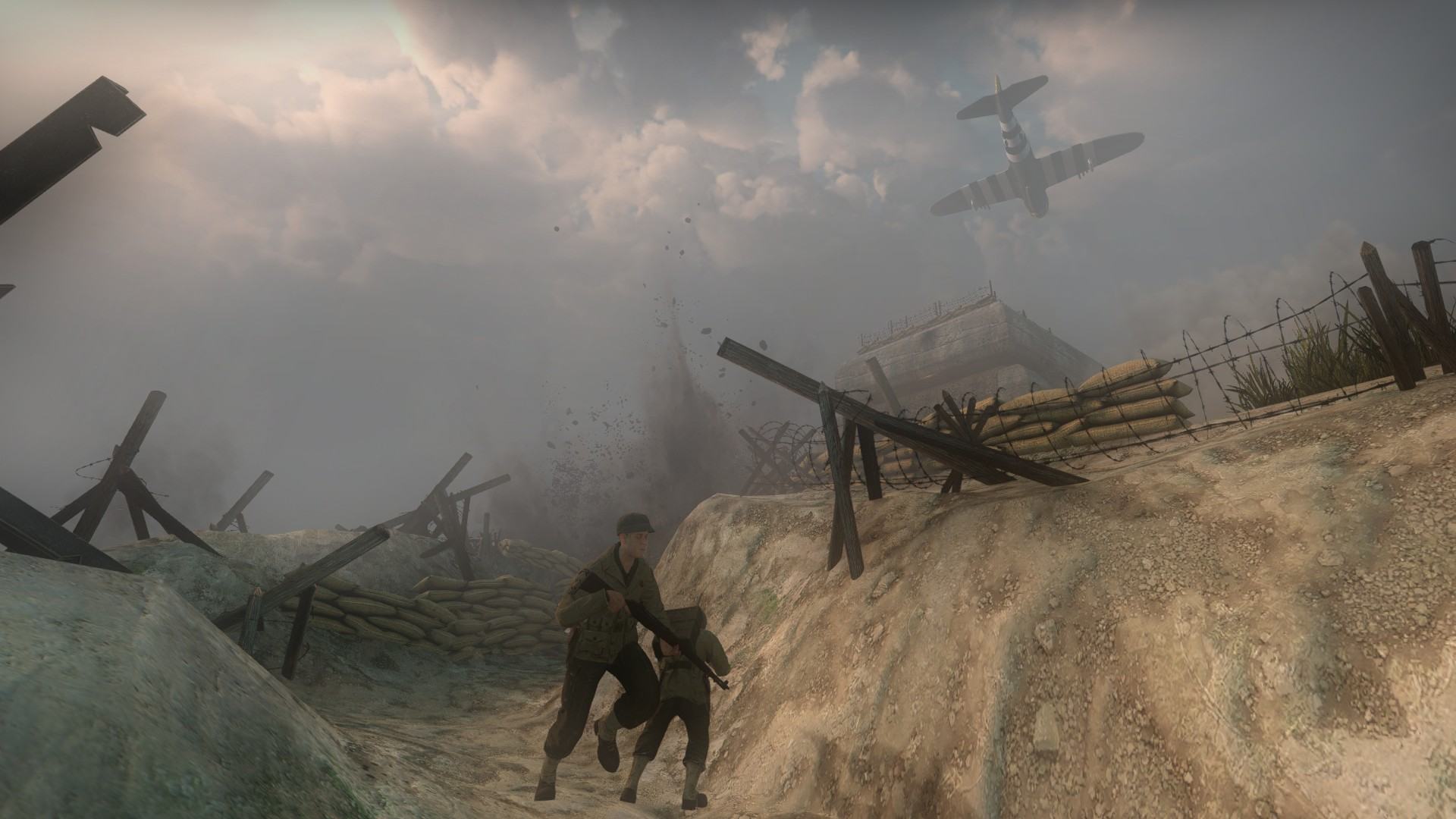

The sound design enhances this tension fantastically. The time to kill here is again incredibly short, making for intense but short-lived bursts of action. While I would define RO2’s most memorable moments as terrifying dashes across open spaces, I found myself holding my breath in Day of Infamy as I slowly crept through buildings, well aware that there could be an enemy hiding around each corner waiting to blow my brains out. With a couple of notable exceptions including a recreation of Omaha Beach, most of the maps are urban, with large, complex areas of interconnected enterable buildings. On paper it probably sounds like these modes might encroach on Red Orchestra 2’s territory, but the more accessible gameplay mechanics offer up a different feel, as does the focus on close quarters combat. The fact that Radiomen and Officers must stick together to provide this incredibly valuable fire support is a good mechanic that promotes teamwork in a way that doesn’t feel at all contrived.

Both teams have officers who if joined by a Radioman can call in artillery, bombers and strafing runs on the enemy, adding a level of chaos that brings a dynamic feel to matches that Insurgency lacked.
DAY OF INFAMY COOP SERIES
Generally, these modes either have one team attacking and one defending, or both teams fighting for a series of objectives that push the other team back. These allow up to forty players to duke it out over a few different spins on objective control game modes that have more generous respawns and longer matches. While you can still play modes like Sabotage that closely resemble the small-scale tactical operations of NWI’s previous game, I had more fun with the larger scale Battles list of modes.

The biggest difference between Insurgency and Day of Infamy aside from the setting is the scale and overall feel of the matches.


 0 kommentar(er)
0 kommentar(er)
